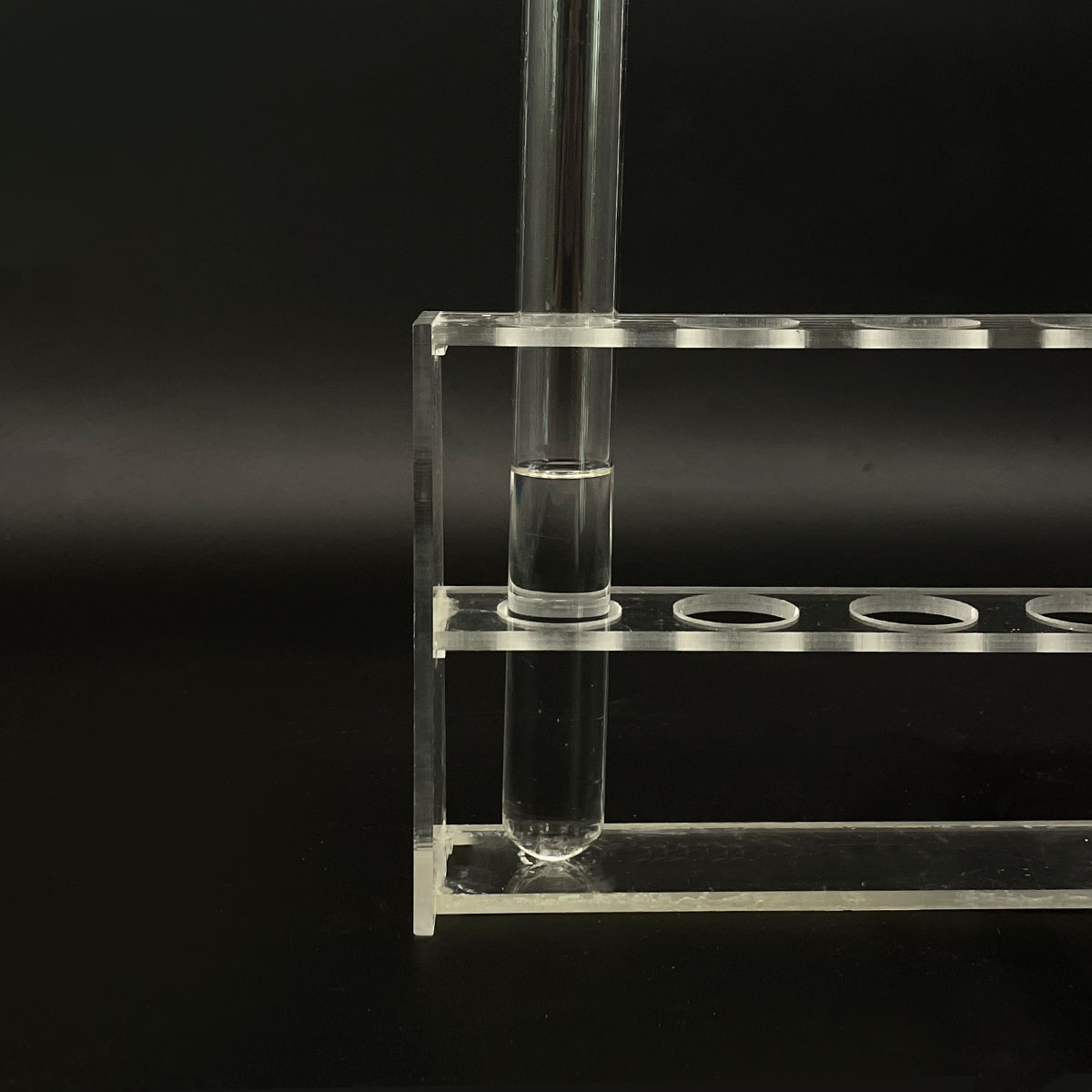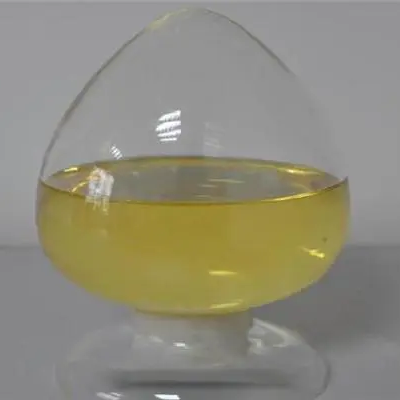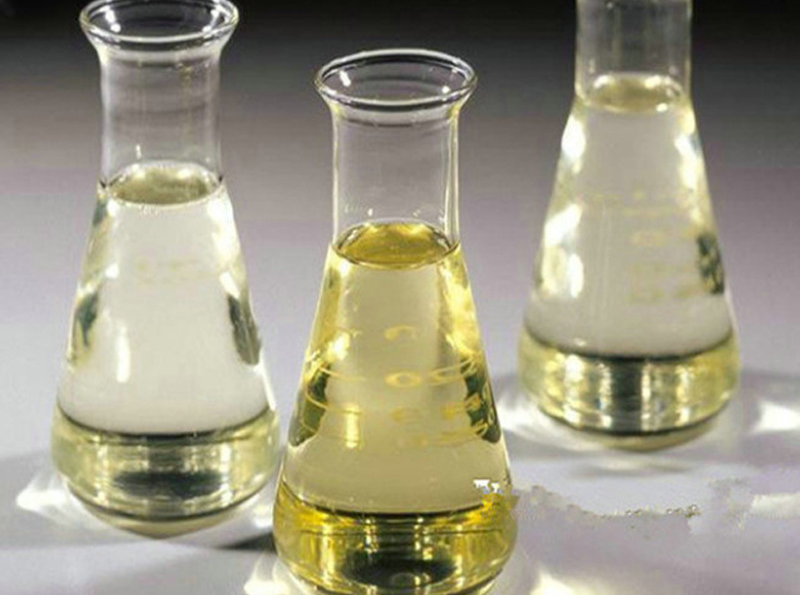**Title: Why Don’t Your Lungs Stick Together? The Secret of Slippery Surfactant**
(How Does Surfactant Reduce The Surface Tension Of Water In The Lungs? Quizlet)
Take a breath. It feels simple, right? Air rushes in, fills your lungs, then flows back out. But inside your lungs, something amazing happens constantly to keep this easy. Without it, every breath would be a battle. Your lungs might even collapse, sticking together like wet plastic wrap. So what stops this? Meet surfactant, your lungs’ invisible lifesaver.
Think about water. On a surface, water beads up. Water molecules cling tightly to each other. This clinging force is called surface tension. It makes water form droplets. Now, picture the inside of your tiny air sacs, the alveoli. These sacs are lined with a thin layer of water. This water layer touches the air inside the sac. Water molecules at this water-air boundary pull hard on each other. They want to shrink the surface area as much as possible. This strong pull creates high surface tension. High surface tension inside your lungs is bad news. It makes the alveoli want to collapse inward. It makes inflating your lungs much harder work. Breathing would become exhausting.
This is where surfactant comes to the rescue. Surfactant is a special mix of fats and proteins made by cells in your lungs. The name itself gives a clue: “surfactant” means “surface active agent.” Its job happens right at that critical water-air interface. Surfactant molecules are clever. One end loves water. The other end hates water and loves air. These molecules naturally position themselves at the water’s surface. The water-loving ends dip into the water. The air-loving ends stick out into the air pocket.
This positioning is crucial. By sitting at the boundary, surfactant molecules get between the water molecules. They break up the tight bonds the water molecules form with each other. It’s like adding a little soap to water. Soap reduces surface tension, letting water spread out. Surfactant does exactly this inside your lungs. It dramatically lowers the surface tension of that watery lining.
Lower surface tension changes everything. The alveoli no longer fight a strong inward pull. They can inflate easily when you breathe in. They resist collapsing when you breathe out. This makes breathing effortless. It keeps the delicate air sacs open and functioning properly. Oxygen moves easily into your blood. Carbon dioxide moves out.
(How Does Surfactant Reduce The Surface Tension Of Water In The Lungs? Quizlet)
Babies born too early often struggle. Their lungs haven’t made enough surfactant yet. This condition is called Respiratory Distress Syndrome (RDS). Their lungs have very high surface tension. The tiny air sacs collapse. Breathing becomes incredibly difficult. Doctors now treat these babies. They give them artificial surfactant directly into their lungs. This lifesaving treatment mimics nature’s design. It quickly reduces surface tension. It helps the baby breathe.
Inquiry us
if you want to want to know more, please feel free to contact us. (nanotrun@yahoo.com)




